Explore the properties of some common three-dimensional shapes with this printable worksheet.
Explore 3D Shapes and Their Properties
Once your students can successfully recognise and name the most common 3D shapes, it’s time to move on to teaching them the properties (features) of these geometric figures.
This worksheet requires students to record the number of faces, edges and vertices, or the number of flat and curved surfaces, for some of the most common 3D shapes. The shapes included on the worksheet are:
- Cube
- Pyramid
- Rectangular prism
- Cylinder
- Sphere
- Cone
An answer sheet is included in the download.
A Note About Cones and Cylinders
Within this resource, you will notice the following properties are attributed to cones and cylinders:
- Cones – 1 flat surface, 1 curved surface
- Cylinders – 2 flat surfaces, 1 curved surface
In geometry, the following definitions apply to faces, edges and vertices:
- Face – A flat surface with straight edges.
- Edge – A straight line formed by two faces meeting.
- Vertex – The point where two or more edges meet.
According to these definitions, a cone has no faces, edges or vertices. It has one flat surface, one curved surface and one apex.
Similarly, according to these definitions, a cylinder has no faces, edges or vertices. It has two flat surfaces and one curved surface.
Should you wish to adapt these definitions, please download the editable Google Slides version of this resource.
Easily Prepare This Resource for Your Students
Use the dropdown icon on the Download button to choose between the easy-print PDF or the editable Google Slides version of this resource.
As this resource contains an answer sheet, we recommend printing one copy of the entire file, then removing the worksheet for photocopying.
Alternatively, project the worksheet onto a screen and complete it as a class. This paperless approach is a great way to make your classroom a more sustainable environment!
This resource was created by Jodi Chubb, a teacher in Pennsylvania and a Teach Starter collaborator.
Click below for more great resources for teaching 3D objects to your students!
[resource:4965484] [resource:4961764] [resource:2661086]
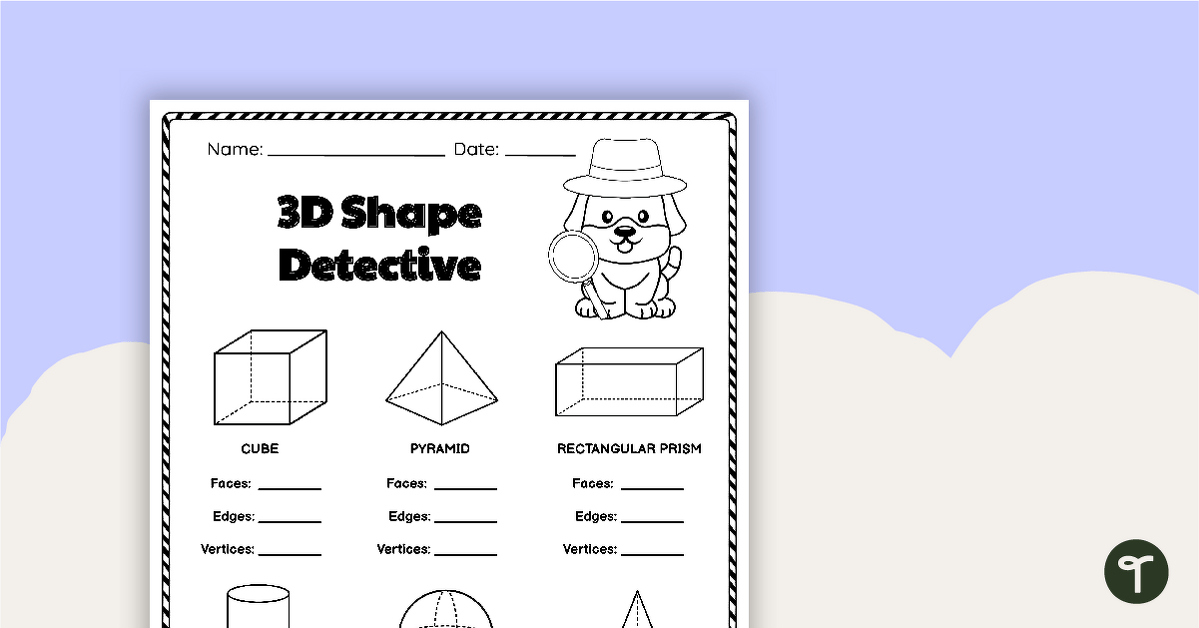

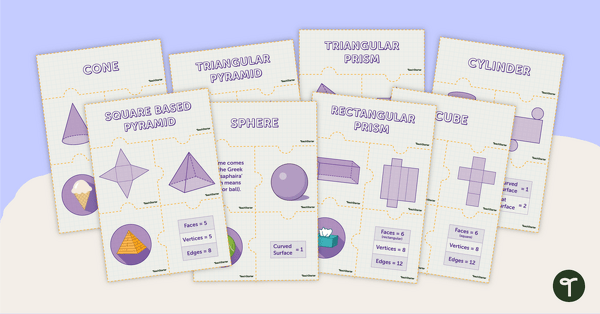
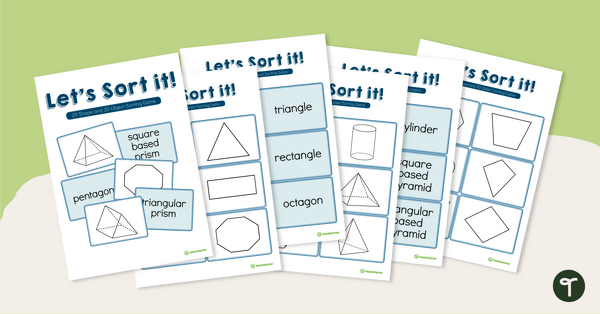
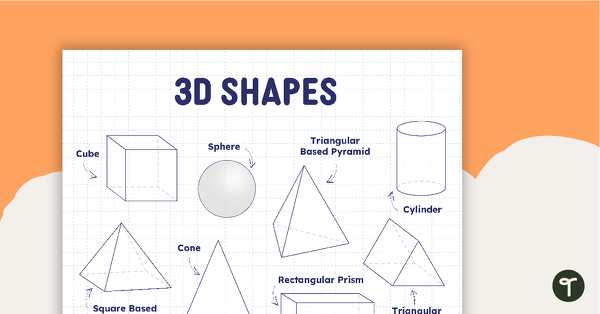
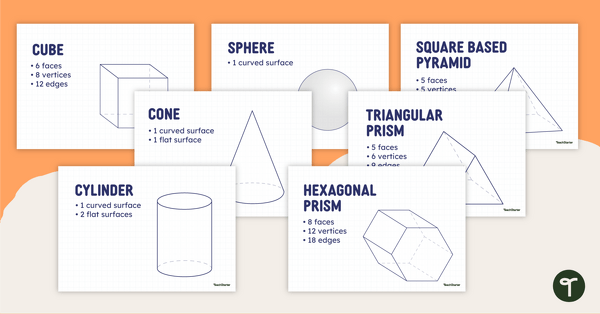

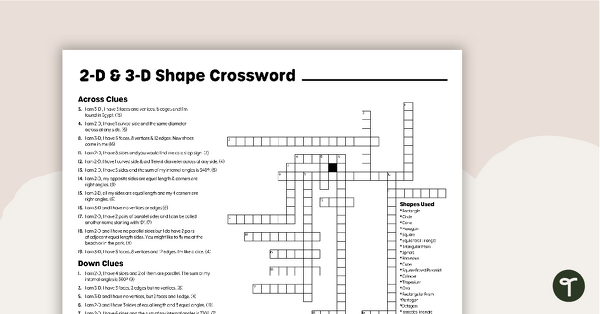
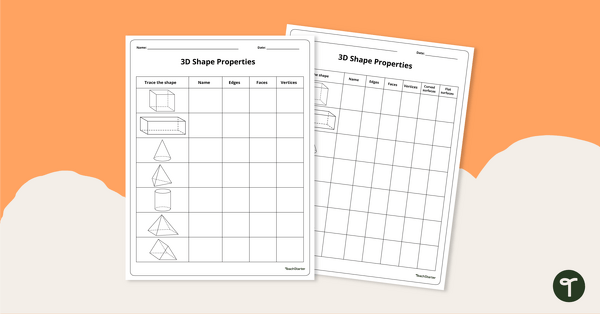
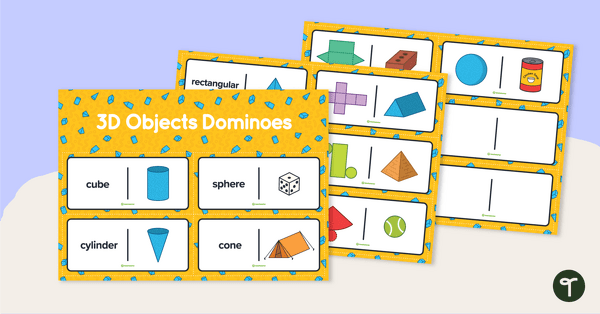
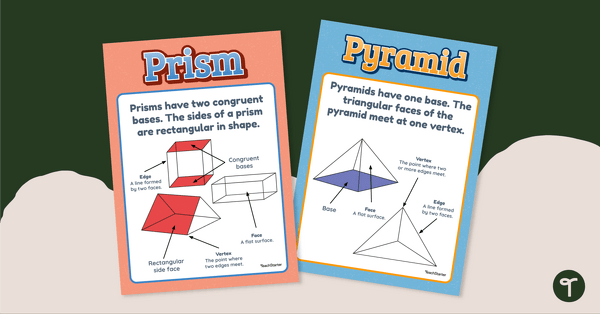
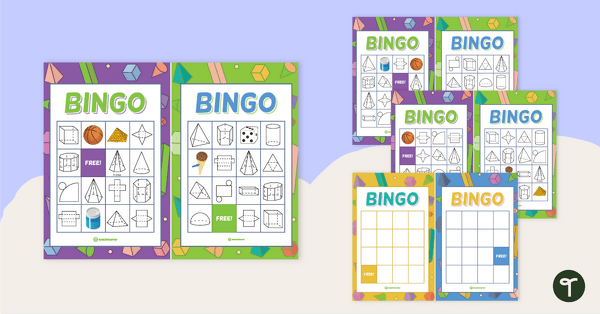
0 Comments
Write a review to help other teachers and parents like yourself. If you'd like to request a change to this resource, or report an error, select the corresponding tab above.